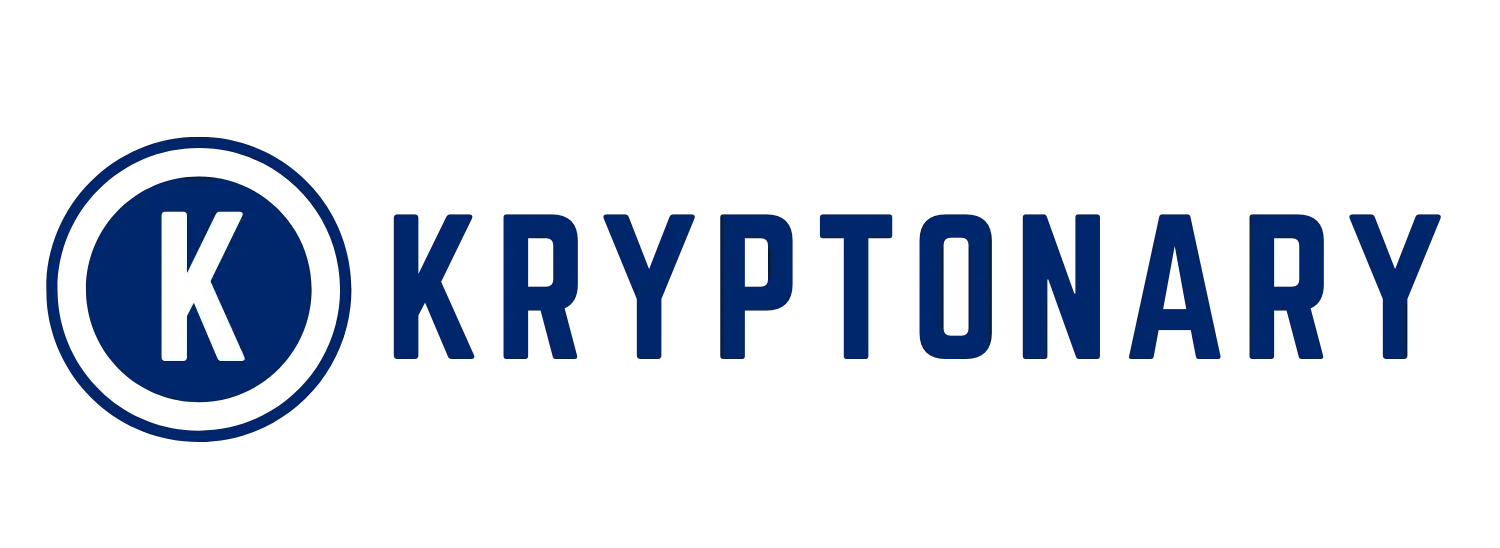Australia looks to be in a period of slower growth, as key indicators such as the Westpac-Melbourne Institute Leading Index suggest a gradual slowdown in economic activity. The most recent data from the index indicated a slowdown in the growth rate, which has economists concerned because it may be reflective of the negative impact of global trade policy and, more specifically, the recent tariffs issued by the United States.
Leading Index Signals Shift: From Recovery to Caution
The Westpac–Melbourne Institute Leading Index, which measures the anticipated tempo of economic activities within a period of three to nine months, indicated a sharp deceleration in March. The six-month annualized growth rate declined to 0.6 percent, a significant change from the 0.9 percent figure in February. Even though the index is still showing growth above the long-term average, this recent softening marks an important change in the economic outlook. The Melbourne Institute of Applied Economic and Social Research and Westpac, in a combined statement, have pointed out that, although other considerations exist, the index is just starting to capture trade policy disruption effects, particularly the ones heightened post-Trump’s “reciprocal” tariff announcement on April 2, which indicates further softening is probable.
Westpac’s Revised Outlook: A Slower Recovery Ahead
Westpac Economics has updated Australia’s economic growth forecast and now expects the recovery to be slower than previously expected. Although the bank expects growth to reach 1.9 percent in 2025, this represents a downgrade from the prior estimate of 2.2 percent. Matt Hassan, who heads Australian macro forecasting at Westpac Economics, remarked on the possible effects of the tariff shock. “In any case, I think we’re at the stage where the tariff shock to the Australian economy should still be relatively small and manageable. But the risks are to the downside. The Leading Index will remain a critical early indicator of how momentum is changing throughout the economy.”
Financial Markets and Sentiment: The Pullback Begins
Looking at the components of the Leading Index, the recent slowdown appears to focus on financial markets and broader sentiment issues. The index has experienced a surge in growth since September of last year, improving from -0.24 percent to 0.63 percent. This surge can be attributed to the rising commodity prices (in Australian dollars), widening yield spread, heightened industrial production in the US, and improved consumer expectations regarding job availability. The benefits associated with the prices of commodities have been partially offset by the appreciation of the Australian dollar in comparison with the US dollar. In addition, the correction in equity markets, accompanied by a slowdown in the recovery of consumer sentiment, has begun to exert a downward pull on the headline growth rate. The S&P/ASX200 has lowered the growth rate of the Leading Index by 0.18 percentage points since September, while the Westpac-Melbourne Institute Consumer Expectations Index has added an additional 0.1 percentage point decline.
As we move forward, the report anticipates that the delays to the Leading Index from share market activity and consumer sentiment might be exacerbated. The dip in share markets after the US tariff nightmares on April 2 sent an overwhelming shock, and while there was a subsequent rally, she still indicates that there is lingering unease among investors. Likewise, the April update on consumer sentiment captured that there was a sharp weakening during the survey week, which leads to the potential that the May survey, conducted right before the next Reserve Bank of Australia (RBA) meeting, could reflect an extremely more delicate starting point for consumer confidence. In the context of the Australian economy, this converging deterioration outlines the intricate trade balances Australia is facing while propelling forward.














